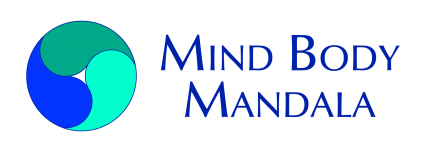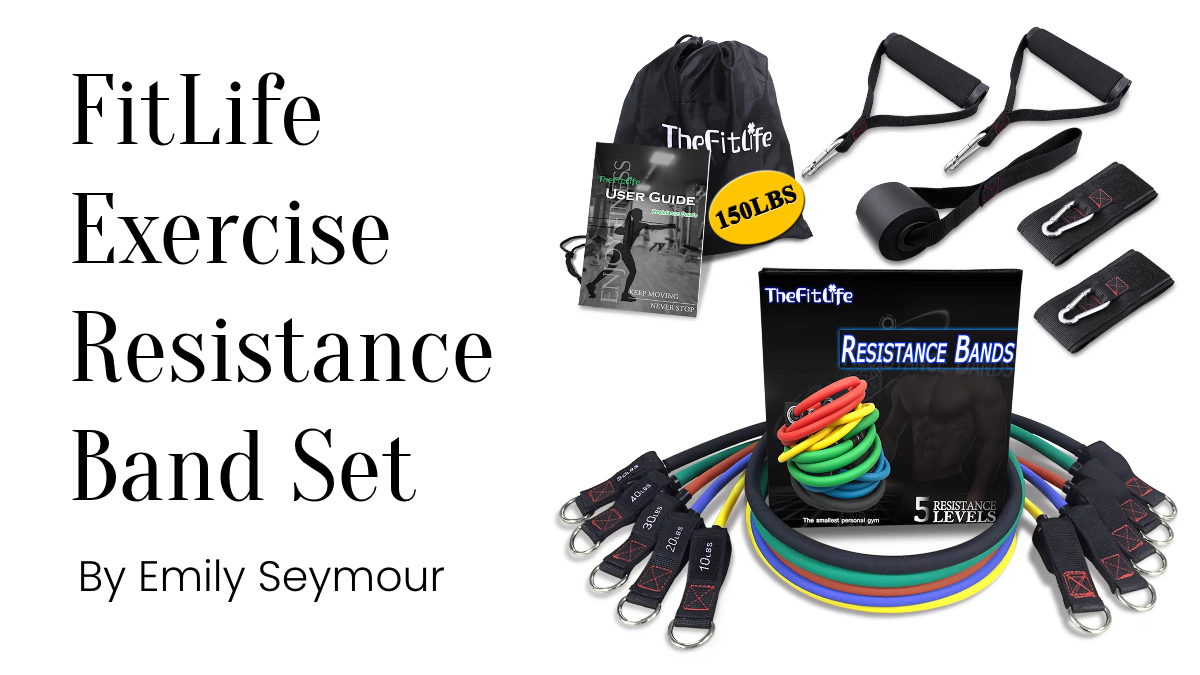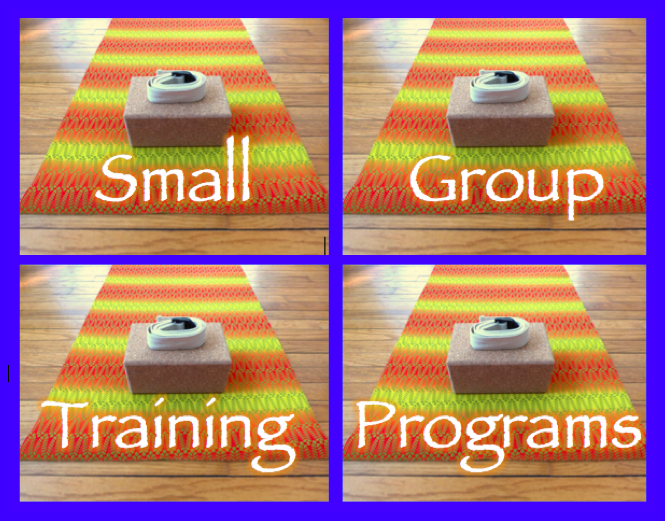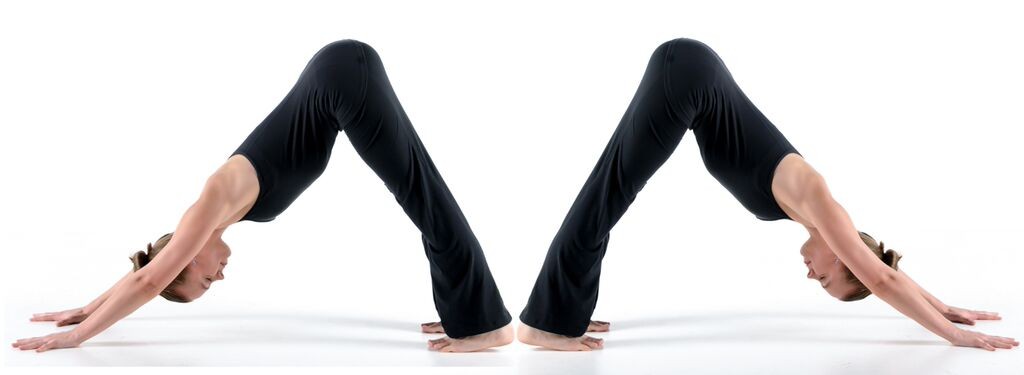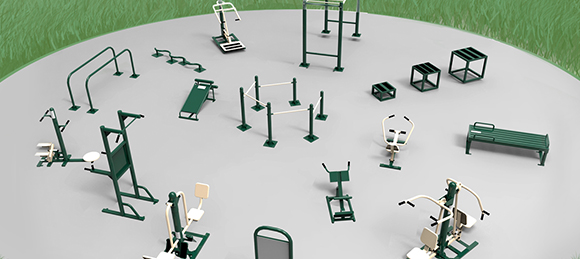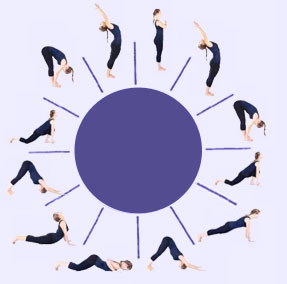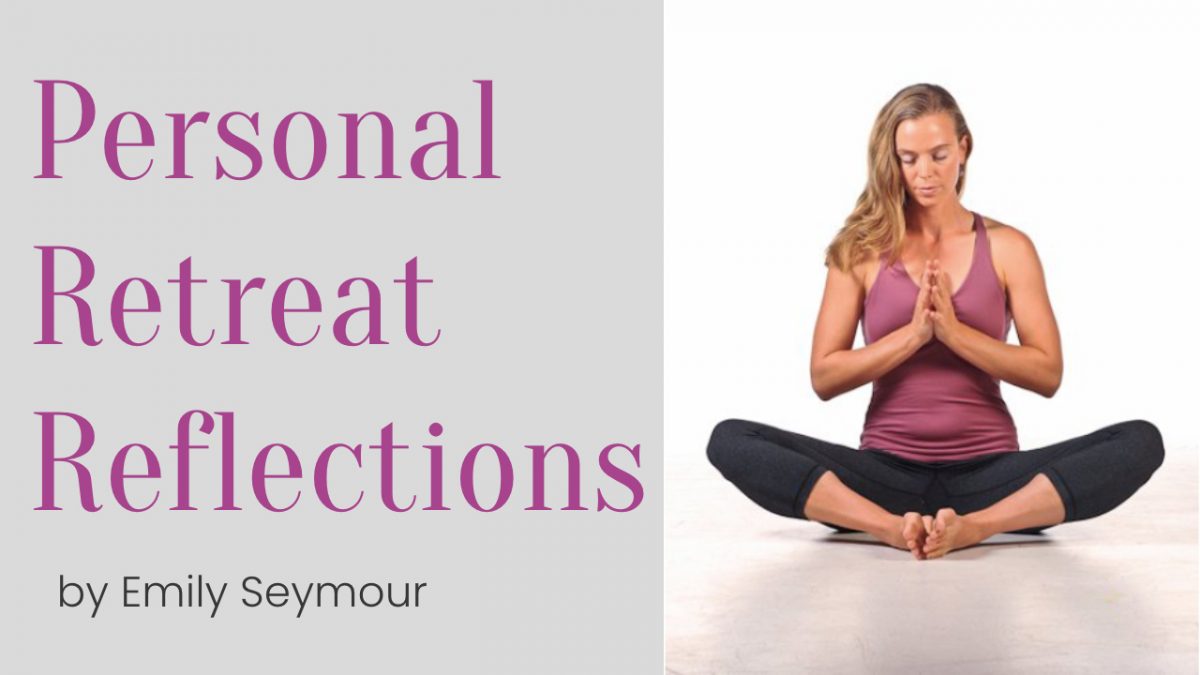This post contains an affiliate link. If you click on the link and purchase the item, I will receive a small commission at no extra cost to you.
The FitLife Resistance Bands Set is an excellent addition to your home and mobile gym equipment. As a Perfect Workout Virtual Trainer, I highly recommend this product to my clients for its versatility and ease of use.
Resistance band training is extremely effective at burning fat and increasing muscle strength. It also helps to increase coordination, stamina, flexibility, and range of motion.
This is an excellent starter set for adults and teens. Each set contains a lightweight carrying bag, a sturdy door anchor, a pair of larger straps, two handles, and five bands.
The anti-snap bands range from 10 – 50lbs and are made of a natural latex that is non-irritating and odorless. You can use them individually or combine them to increase intensity (up to 150lbs).
The sweat-proof and skid-proof handles consist of strong fabric and steel D buckles to ensure maximum life and safety during use.
This FitLife set fits easily in a suitcase or your car, which makes it perfect for hotel use or lunch break workouts. You can set it up in just a few minutes and start training right away. This is an affordable and space-saving alternative to bulky pieces of home gym equipment.
FitLife sells these sets exclusively through Amazon, and right now they are offering a 10% coupon for additional savings.
I would love to show you how this works! Contact me to schedule an initial consultation or book a FREE Intro Session
